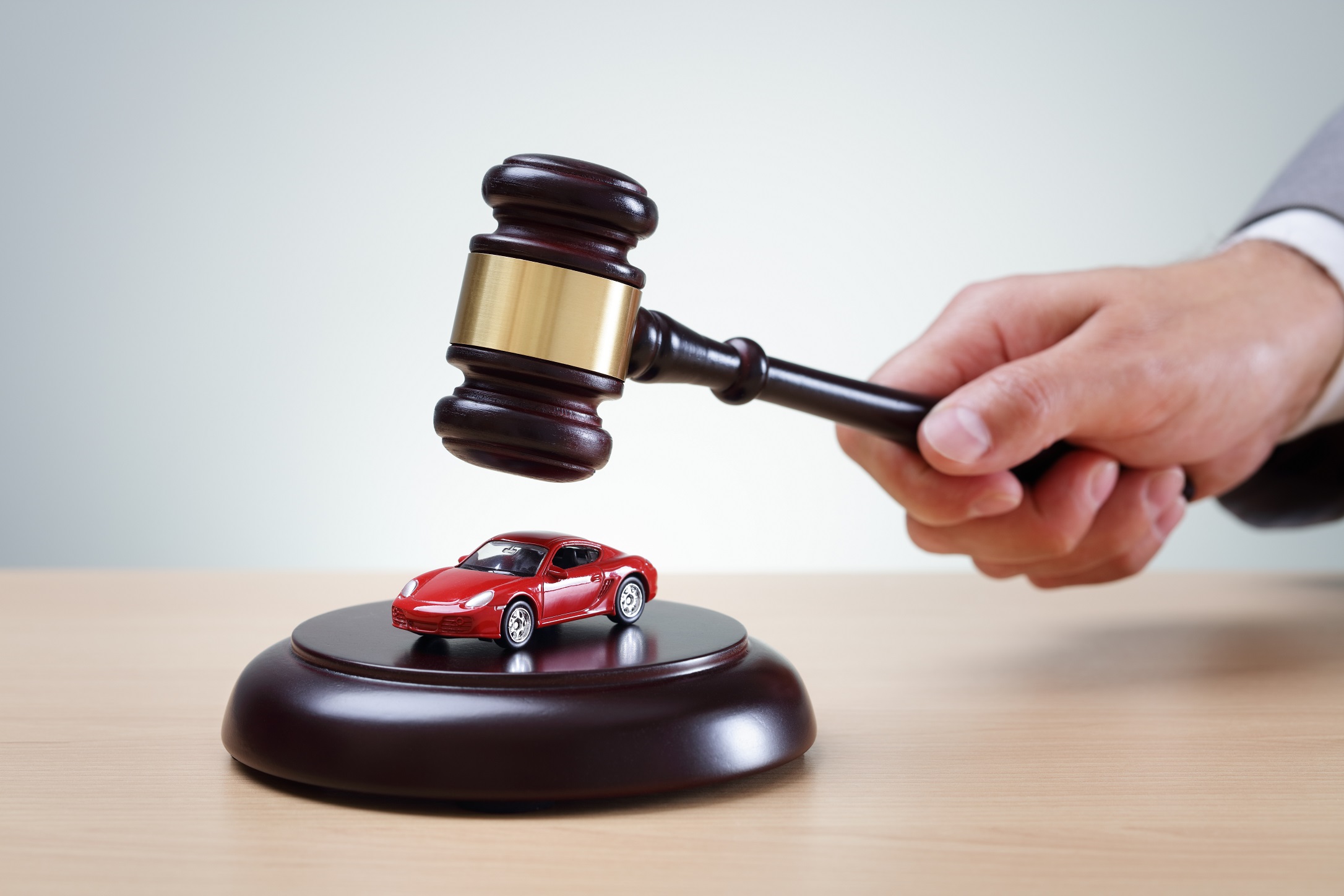Most of our clients are well versed in how auctions work and what to look out for, but with the rumour last week that BCA may never go back to in person auctions, are making most of their onsite staff redundant and only selling online, it’s worth a recap.
Like any Scout you should always be prepared!
The vehicles will be shown on the BCA website prior to the auction so that you can spot the vehicles you may be interested in. Review the information and identify what you think you can sell the vehicles for. You can then factor in any potential repairs, the auction fees and taxes, and set yourself a budget for buying those vehicles to give yourself a decent profit.
You should also review the history of the vehicle with an HPI check, and if necessary, the MOT history online for any discrepancies that stand out and make you think twice about bidding.
When the actual auction begins, there are a number of terms to look out for. WhatCar describes the terms as:
- No major mechanical faults – the vehicle should not have any major faults in the engine, gearbox, clutch, brakes, steering or transmission.
- Specified faults – the auctioneer reads out the particular defects notified by the seller.
- Sold as seen (and with all its faults if any) – the vehicle is for sale as it is, with no warranties whatsoever by the seller. Without Warranty means exactly the same.
- On an engineer’s report – the vehicle has been examined by an engineer and is sold on the description contained in the report.
Having taken everything into account, bid on your vehicle… but do not get carried away.
Once you have bought a vehicle, you need to pay the deposit quickly afterwards and arrange a Covid-19 safe appointment to collect the vehicle.
This is your best opportunity to inspect the vehicle.
As a trader, your purchase is governed by the Sale of Goods Act. As long as the vehicle is as described, of satisfactory quality, and fit for purpose, then you do not have the same rights as a consumer has when buying that same vehicle from you. It is important that you are aware of the description given, to what the auctioneer says when introducing the vehicle in the final description and if this supersedes the online details. You must inspect the vehicle as soon as possible and carry out further checks to confirm that the car’s reality is the same as its description.
All terms and conditions are different, but auctions tend to have clauses that give you a very short period of time to raise issues with them. If there is a problem with the vehicle, raise it immediately!
One issue that we are increasingly coming across is that a vehicle is HPI clear when checked, but months later, either repairs show previous serious damage or the insurers finally got round to inputting information onto their databases which shows the HPI check is no longer clear.

Stocking only premium EV charging cables, we ensure you experience a stress-free EV charge, over and over, confidently backed by our 2 year warranty. Our premium & reliable charging cables are compliant with EU & UK safety standards. We offer free next day delivery* on all EV charging cables when shipped within mainland UK.
It is worth remembering that the auction is simply the “go-between”. They are selling the vehicle on behalf of the owner, so if a post-sale problem does occur, the auction house may be unwilling to get involved. Needless to say, there is recourse to the seller if misrepresentation was involved, but the auction house should be the first port of call as they will hold the details of the seller and should deal with issues arising from misrepresentation.
Whatever you do, remember time is of the essence. So, if you require the help of Lawgistics get in touch as soon as you need to.







